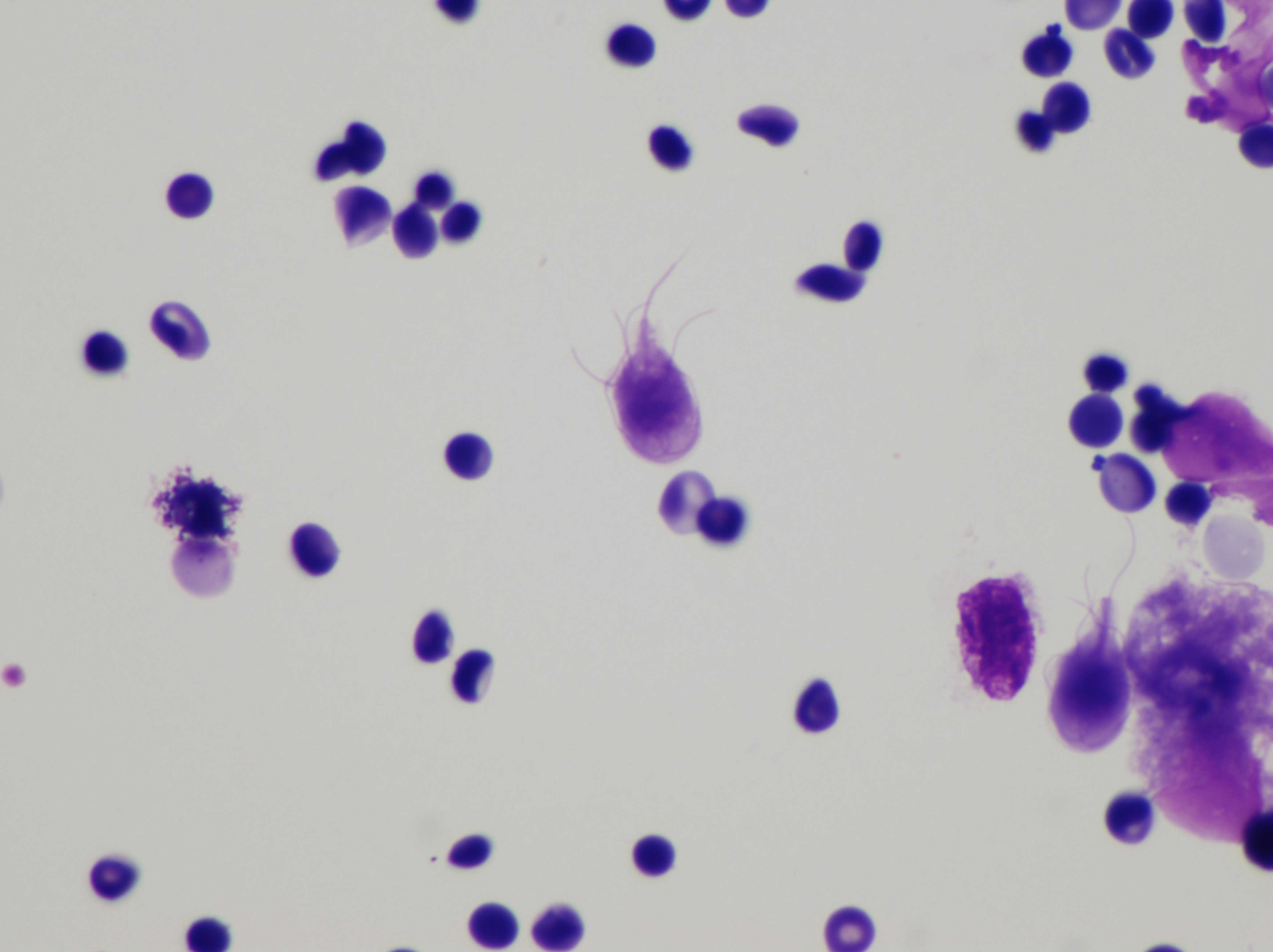By Jake Stukenberg, LFSC Intern, National Farmers Union
After discussion of bacteria and viruses we’ll be wrapping up the types of biological hazards that the FSMA Produce Safety Rule covers today. The third type of pathogen that the Produce Safety Rule aims to reduce is parasites.
Parasites are protozoa or intestinal worms that can only multiply in a host animal or human. To thrive and multiply, parasites need a host, but like viruses they can also be very stable in the environment before finding a host. However, unlike viruses, parasites can be spread from animals to humans as well as from human to human. Growers with livestock may also want to know that humans can spread parasites to animals as well.
Often found in both food and water, parasites can survive in the body for long periods of time before ever causing signs of illness, which makes it difficult to know when, where, and how an individual became infected. Additionally, symptoms may not consistently be apparent, making parasitic infections difficult to diagnose.
Common types of parasites in produce include Giardia lamblia and Cryptosporidium parvum. Giardia lamblia is a protozoan parasite responsible for the condition of giardiasis, a gastrointestinal disorder that causes diarrhea, weight loss, and vomiting. Cryptosporidium parvum is one of the several species of cryptosporidium that can cause intestinal issues and symptoms such as vomiting, abdominal pain, and diarrhea. One of the most common ways that giardia is transferred is from animal feces to raw produce in fields and improper cleaning techniques. Farmers should consider changing footware after working in a barn or pasture with livestock before moving into a field with produce.
Even though these listed examples of parasites are mostly transferred through feces, most parasites are commonly transmitted by water. Using GAPs to protect agricultural water sources on your farm is also a great way to reduce the likelihood of contamination from parasites. An example of this would be to limit livestock or wildlife access to water used for agricultural purposes. Keep livestock away from wellheads or pumps to limit the risk of fecal contamination.
Some parasites are resistant to certain chemical sanitizers making them difficult to kill. For example, Cryptosporidium parvum is resistant to chlorine disinfectants and common bleach solutions have little effect on the parasite. Because of this, growers may find that parasites are difficult to kill if using a chemical sanitizer. As with bacteria and viruses, the best option is to keep pathogens from contaminating produce in the first place. Growers should understand how parasites grow and spread, so they can avoid initial contamination.
What other practices do you think are most useful for produce farmers? Let us know in a comment below.


